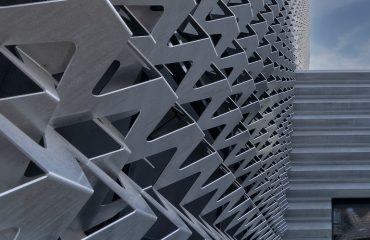The humble square. A four-sided polygon, seemingly simple and unassuming. Yet, this geometric marvel has captivated mathematicians, artists, architects, and designers for millennia. From its precise angles to its symmetrical beauty, the square holds a significance that extends far beyond its basic definition. This post delves deep into the world of the square, exploring its various facets and uncovering its hidden depths.
The Defining Geometry of a Square
At its core, a square is defined by its properties: four equal sides and four right angles (90-degree angles). This seemingly simple definition underpins a wealth of mathematical relationships. The equal sides allow for easy calculation of its perimeter (the total distance around the shape), simply by multiplying the length of one side by four. Similarly, the area (the space enclosed within the shape) is calculated by squaring the length of one side (side * side). This straightforward calculation is a cornerstone of many mathematical formulas and applications.
The right angles are equally crucial. They ensure the square’s perfect symmetry and its ability to tessellate – to fit together seamlessly without gaps or overlaps. This property has been exploited extensively in architecture and design, allowing for the creation of intricate and aesthetically pleasing patterns.
Squares in History and Culture
The square’s influence extends far beyond the realm of mathematics. Throughout history, it has held symbolic meaning across diverse cultures. In ancient Egypt, the square was associated with stability and order, often incorporated into architectural designs and religious iconography. The square’s symmetry resonated with beliefs about cosmic balance and harmony. Similarly, many cultures have seen the square as a representation of the earth or the four cardinal directions.
In art and architecture, the square’s inherent stability and balance have made it a favorite for centuries. From the perfectly proportioned squares of Renaissance paintings to the imposing square city blocks of modern urban planning, its presence is undeniable. The square often provides a foundation for more complex designs, offering a sense of order and structure.
Practical Applications of Squares
The square’s practical applications are vast and varied. Its simple geometry makes it ideal for numerous engineering and construction projects. From the building blocks of structures to the design of microchips, the square’s predictable properties are invaluable. The ease of calculation related to its area and perimeter simplifies design processes and material estimations.
In everyday life, we encounter squares constantly. Think of tiles, windows, playing cards, and even the pixels on your computer screen – all based on the fundamental square shape. This ubiquitous presence highlights the square’s fundamental role in our built and digital environments.
Squares and Other Geometric Shapes
The square is intimately related to other geometric shapes. It’s a special case of a rectangle (a quadrilateral with four right angles), a rhombus (a quadrilateral with four equal sides), and a parallelogram (a quadrilateral with opposite sides parallel). Understanding these relationships allows for a deeper appreciation of the square’s position within the broader landscape of geometry.
Furthermore, the square’s diagonals bisect each other at right angles, creating four congruent right-angled isosceles triangles. This relationship is fundamental to many geometric proofs and constructions. The square’s connection to circles is also significant; a square can be inscribed within a circle, and a circle can be inscribed within a square.
The Square in Modern Design and Technology
The square’s influence continues to be felt in modern design and technology. In graphic design, the square provides a strong, visually appealing element, often used to create balanced and structured layouts. Its clean lines and symmetrical nature lend themselves well to minimalist aesthetics.
In digital technology, the square forms the basis of pixel grids and screen resolutions. The square’s simplicity and ease of manipulation make it a fundamental building block of digital images and interfaces. The concept of “square pixels” is integral to understanding image resolution and digital display technology.
From the micro-level of pixel grids to the macro-level of architectural designs, the square’s enduring relevance underscores its fundamental importance in shaping our world.
Tags: square, geometry, mathematics, shapes, area, perimeter




